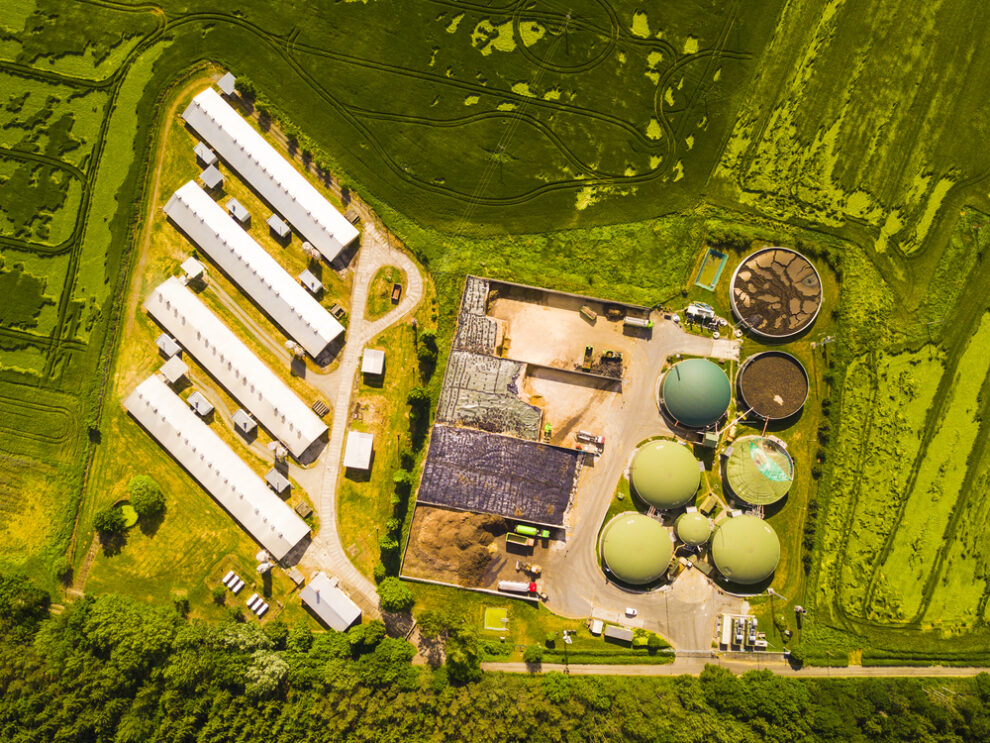With readily available solid and liquid wastes in the country’s cities, Tanzania has a huge opportunity to increase the use of clean energy through biogas.
Instead of sending the wastes to dumpsites, the establishment of biogas plants can be used to produce biogas for cooking or vehicles like Compressed Biogas (CBG).
Energy sector stakeholders in India shared this advice with journalists during a recent study visit to the country.
Mr Shiv Ji Singh, a senior official with the Indian Oil Corporation, suggested that CBG is the way to go for Tanzania’s rural areas to increase the use of clean energy for cooking.
CBG gas produced from wastes can be compressed into cylinders and supplied to rural households. However, compressing CBG into cylinders requires a high compression ratio compared to Liquified Petroleum Gas (LPG).
The General Manager of Noble Exchange, Mr Ashvin Zambare, whose company operates a CBG processing plant in Pune City, stated that it is possible for Tanzania to supply CBG to households through pipelines to the kitchens.
The plant, which has the capacity to produce 14,000kg of CBG daily, was established in 2016 and is one of 72 biogas plants in India.
The plant receives waste from the municipal council, which pays for waste management in the area.
“We are currently discussing with the government to start supplying CBG to households,” said Mr Zambare.
Tanzania can borrow a leaf from India’s solid waste solution by converting food and fruit waste into compressed biogas.
During President Samia Suluhu Hassan’s state visit to India, Tanzania joined the Global Biofuels Alliance (GBA) launched by India at the G20 Summit.
The GBA now has 21 members, including the Philippines and Tanzania. It consists of governments, international organisations and industries working together to drive the development and deployment of biofuels.
The alliance will focus on defining and specifying biofuels and increasing international cooperation through a virtual marketplace.
According to data from the Global Bio-Fuel Alliance, energy usage in Africa, including Tanzania, is projected to rise by 40 to 60 per cent by 2030 and up to 45 per cent by 2050 due to population growth.
In sub-Saharan Africa, 80 per cent of the population relies on solid fuels like wood, charcoal, or coal for cooking.
Additionally, 300 to 400 million people in Africa use biomass and kerosene as their main energy sources, with households spending an average of $25 (60,000/-) per month on cooking fuel.
The increasing demand for liquids in Africa, driven by transportation and chemicals, is expected to grow by 20-30 per cent by 2040. This not only drains foreign exchanges but also contributes to increased Greenhouse Gas (GHG) emissions, a major global environmental concern.
Source: Daily News















